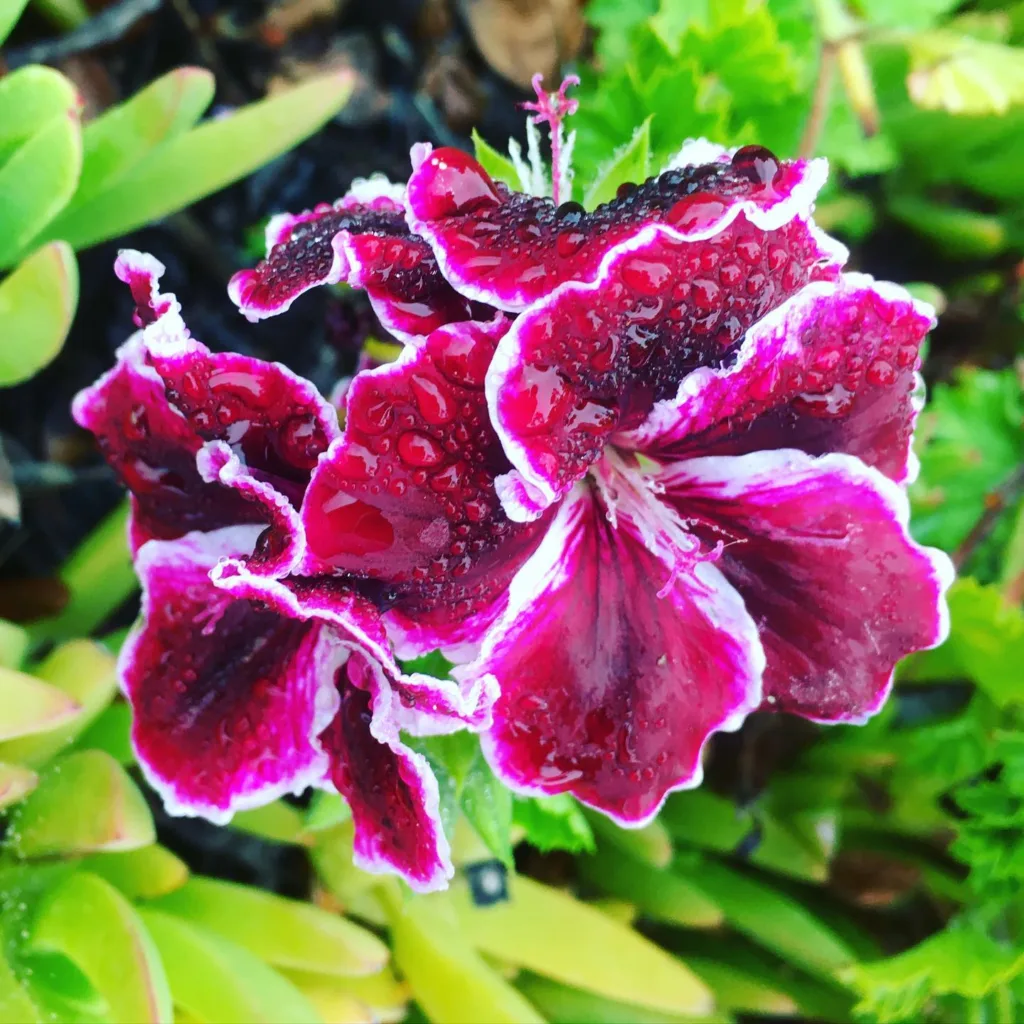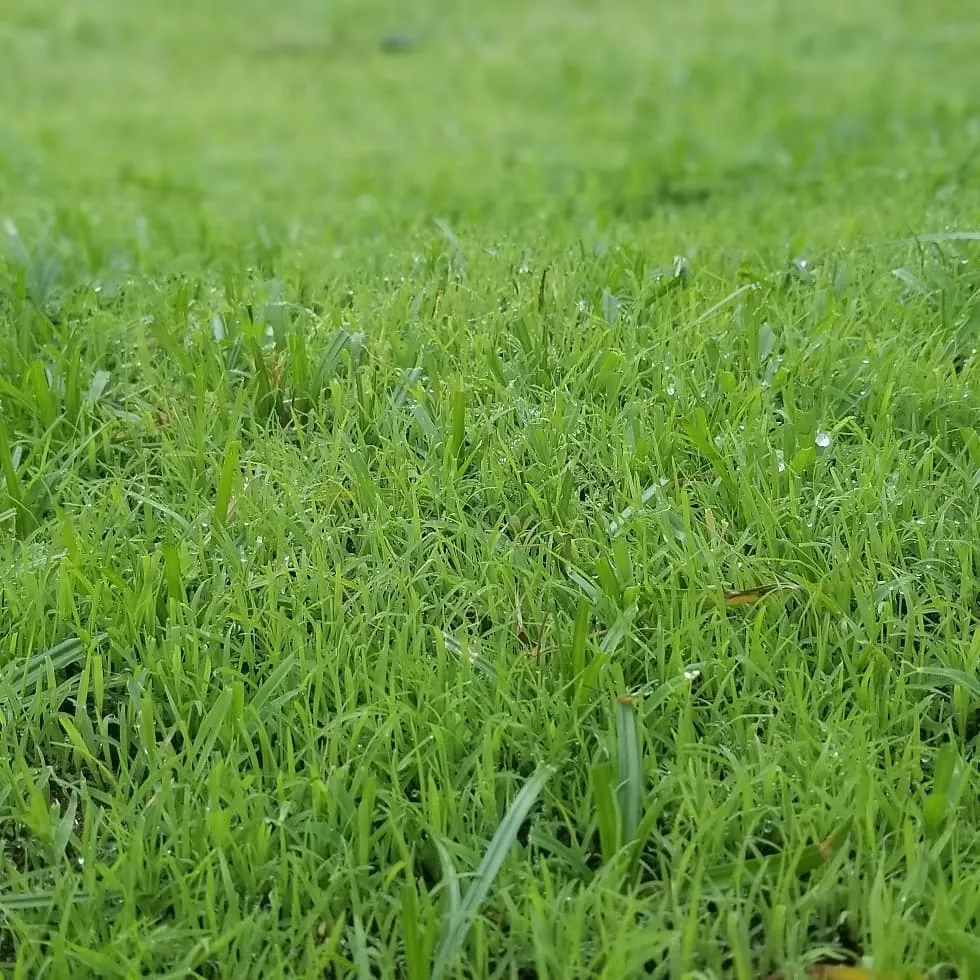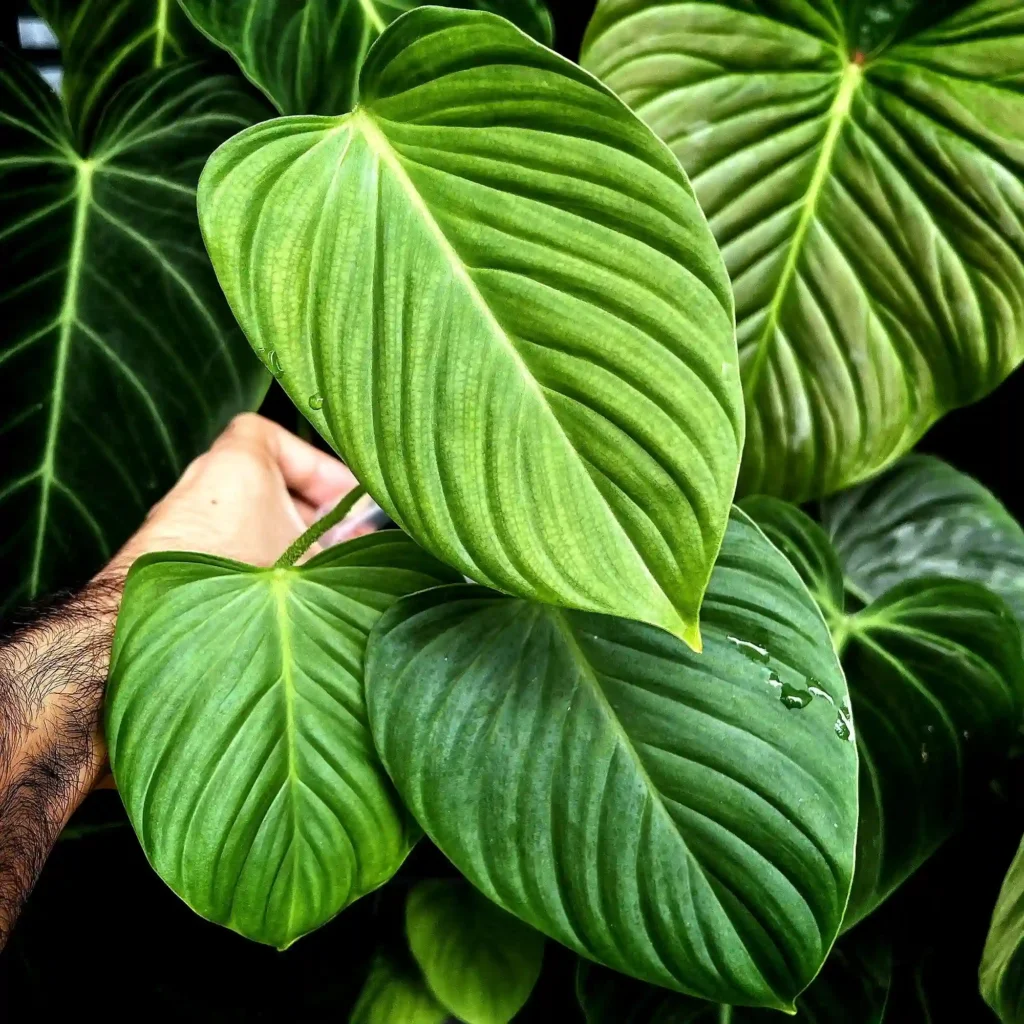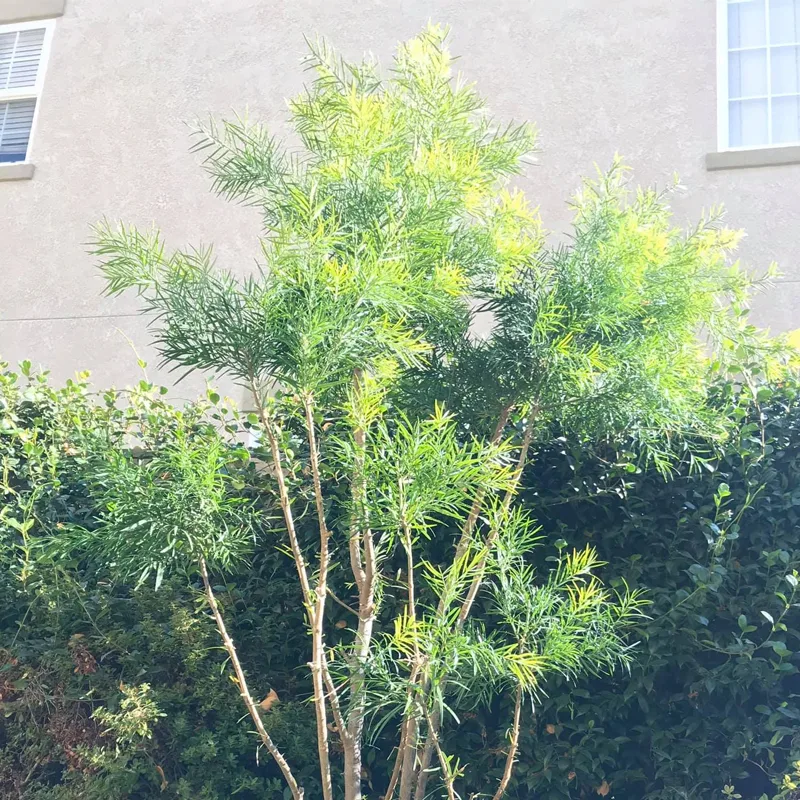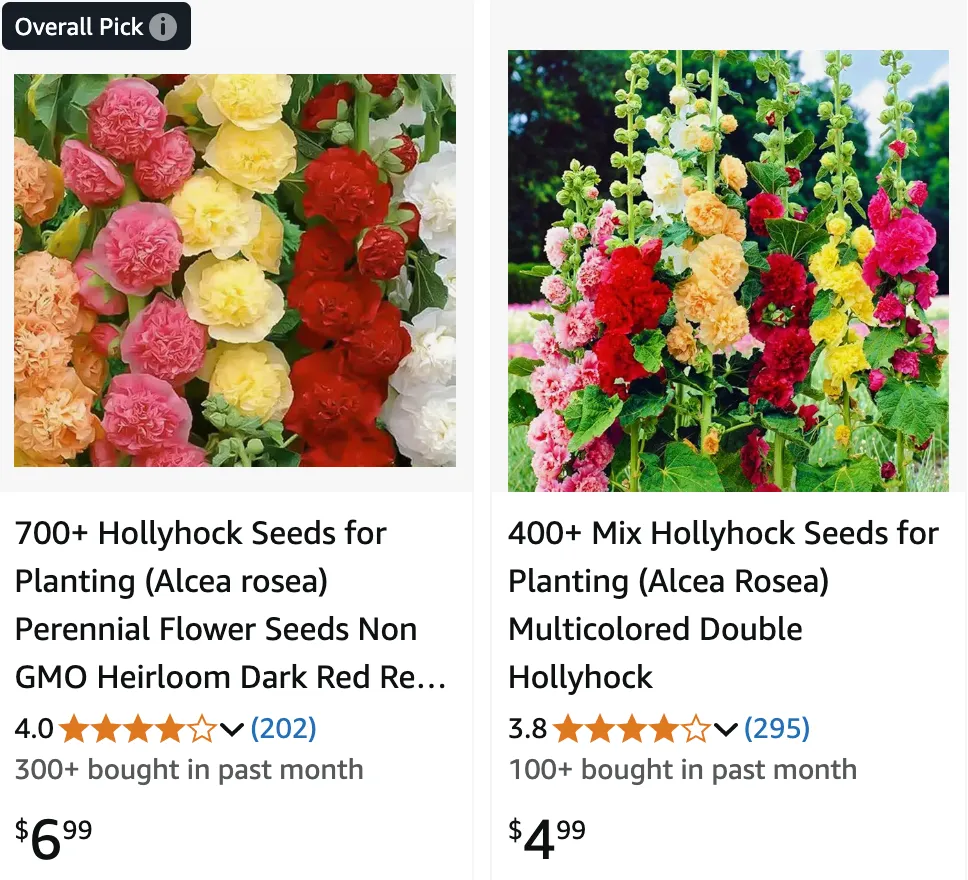
December 11 – Alcea
"Alcea, the hollyhock, defines December 11."
Alcea symbolizes grace and ambition. You carry yourself with an air of dignity and grace while striving for success. Like its tall, elegant blooms, you reach for the stars with elegance and poise.
What is a Hollyhock?
The first time I saw a hollyhock, I was captivated. It was taller than me, with a strong, sturdy stalk that seemed to defy gravity. Its flowers, a vibrant pink, bloomed in a spiral up the stem, each one a perfect miniature trumpet. I was maybe six or seven years old, and I remember thinking it looked like a plant fit for a fairytale. Little did I know, that first encounter would spark a lifelong fascination with the genus Alcea, more commonly known as hollyhocks.
Hollyhocks are members of the Malvaceae family, which also includes hibiscus and cotton. Native to Asia and Europe, they are biennials, meaning they complete their lifecycle over two years. The first year is spent developing a strong root system and a rosette of leaves. In the second year, the iconic flower stalk emerges, reaching impressive heights – sometimes exceeding eight feet! The flowers themselves are a marvel, coming in a wide array of colors, from the purest white to the deepest burgundy, and even near-black.
A Diverse Family
Over the years, I’ve learned there’s more to Alcea than just the common hollyhock (Alcea rosea). The genus boasts around 80 species, each with its own unique characteristics. Here are:
- Alcea abchazica Iljin
- Alcea acaulis (Cav.) Alef.
- Alcea afghanica I.Riedl
- Alcea angulata (Freyn) Freyn & Sint. ex Iljin
- Alcea antoninae Iljin
- Alcea apterocarpa (Fenzl) Boiss.
- Alcea arbelensis Boiss. & Hausskn.
- Alcea assadii Pakravan
- Alcea aucheri (Boiss.) Alef.
- Alcea baldshuanica (Bornm.) Iljin
- Alcea biennis Winterl
- Alcea calvertii (Boiss.) Boiss.
- Alcea chrysantha (Sam.) Zohary
- Alcea damascena (Mouterde) Mouterde
- Alcea denudata Boiss.
- Alcea digitata (Boiss.) Alef.
- Alcea dissecta (Baker f.) Zohary
- Alcea djahromi Parsa
- Alcea excubita Iljin
- Alcea fasciculiflora Zohary
- Alcea ficifolia L.
- Alcea flavovirens (Boiss. & Buhse) Iljin
- Alcea freyniana Iljin
- Alcea froloviana (Litv.) Iljin
- Alcea galilaea Zohary
- Alcea ghahremanii Pakravan & Assadi
- Alcea gorganica (Rech.f., Aellen & Esfand.) Zohary
- Alcea heldreichii (Boiss.) Boiss.
- Alcea hohenackeri Boiss.
- Alcea hyrcana Grossh.
- Alcea ilamica Pakravan
- Alcea iranshahrii Pakravan, Ghahr. & Assadi
- Alcea karakalensis Freyn
- Alcea karsiana (Bordz.) Litv.
- Alcea koelzii I.Riedl
- Alcea kopetdaghensis Iljin
- Alcea kuhsanguia Parsa
- Alcea kurdica (Schltdl.) Alef.
- Alcea kusjariensis (Iljin ex Grossh.) Iljin
- Alcea lasiocalycina Boiss.
- Alcea lavateriflora (DC.) Boiss.
- Alcea lenkoranica Iljin
- Alcea litwinowii (Iljin) Iljin
- Alcea loftusii (Baker f.) Zohary
- Alcea longipedicellata I.Riedl
- Alcea mazandaranica Pakravan & Ghahr.
- Alcea mosulensis I.Riedl
- Alcea mozaffarianii Ghahr. & Pakravan & Assadi
- Alcea nikitinii Iljin
- Alcea nudiflora (Lindl.) Boiss.
- Alcea peduncularis Boiss. & Hausskn.
- Alcea pisidica Hub.-Mor.
- Alcea popovii Iljin
- Alcea rechingeri (Zohary) I.Riedl
- Alcea remotiflora (Boiss. & Heldr.) Alef.
- Alcea rhyticarpa (Trautv.) Iljin
- Alcea rosea L.
- Alcea rosulata I.Riedl
- Alcea rufescens (Boiss.) Boiss.
- Alcea rugosa Alef.
- Alcea scabridula I.Riedl
- Alcea schirazana Alef.
- Alcea semnanica Pakravan
- Alcea setosa (Boiss.) Alef.
- Alcea sophiae Iljin
- Alcea sosnovskyi Iljin
- Alcea sotudehi Parsa
- Alcea striata (DC.) Alef.
- Alcea sulphurea (Boiss. & Hohen.) Alef.
- Alcea sycophylla Iljin & V.V.Nikitin
- Alcea tabrisiana (Boiss. & Buhse) Iljin
- Alcea talassica Iljin
- Alcea tarica Pakravan & Ghahr.
- Alcea teheranica Parsa
- Alcea tholozanii Stapf
- Alcea transcaucasica (Iljin) Iljin
- Alcea turcomanica Iljin
- Alcea turkeviczii Iljin
- Alcea vameghii Parsa
- Alcea wilhelminae I.Riedl
- Alcea woronowii (Iljin ex Grossh.) Iljin
- Alcea xanthochlora I.Riedl
What Do Hollyhock Leaves Look Like?
Hollyhock leaves are a sight to behold. They’re large, deeply lobed, and have a rough, almost sandpapery texture. The color ranges from a cool green to a slightly grayish-green, and the edges are often serrated. These impressive leaves add visual interest throughout the growing season, even before the flower show begins.
How to Care for Hollyhocks?
Taking care of Hollyhocks is relatively straightforward. They thrive in full sun with well-drained soil. Amending your planting area with compost before transplanting ensures they have the nutrients they need to flourish. Water regularly during their first year, especially during hot, dry spells. Once established, they’re fairly drought-tolerant.
Here are some additional care tips:
- Staking: Hollyhocks can grow quite tall, and strong winds might topple them. To prevent this, stake your plants early in the season.
- Deadheading: Remove spent blooms to encourage further flowering and prevent unwanted self-seeding.
- Winter Protection: In colder climates, mulch around the base of your Hollyhocks in late fall to protect the roots from harsh winter temperatures.
How to Propagate Hollyhocks?
There are two main ways to propagate Hollyhocks: by seed and by division.
From Seed:
- Sow seeds directly outdoors in late fall or early spring after the danger of frost has passed.
- Seeds germinate readily in cool weather.
- Seedlings will establish their foliage in the first year and flower in the second.
By Division:
- This method is best suited for mature, established Hollyhocks.
- Divide them in early spring before new growth emerges.
- Carefully dig up the plant and use a sharp knife to divide it into sections, each with a healthy crown and roots.
- Replant the divisions immediately, ensuring they’re at the same depth they were previously.
What to Plant with Hollyhocks?
Hollyhocks make a stunning statement when planted in the back of a flower bed, providing a dramatic backdrop for lower-growing flowers. Here are some great companions:
These plants share similar sun and moisture requirements and will create a vibrant and colorful display throughout the summer months.
How to Harvest Hollyhock Seeds?
When your Hollyhock blooms fade, the flower heads will eventually dry out and form seedpods. Once the pods turn brown and papery, it’s time to harvest the seeds.
- Carefully cut off the seedpods and allow them to dry completely indoors on a screen in a well-ventilated area.
- Once fully dry, the pods will easily crumble, releasing the seeds.
- Store the seeds in a cool, dark place for future planting.
How to make Hollyhock Dolls?
This is a charming and nostalgic activity, perfect for a family project.
- Gather large, flat Hollyhock flower heads that haven’t fully bloomed yet.
- Carefully peel back the petals to create a skirt for your doll.
- Use twigs or pipe cleaners for arms and legs, and buttons or beads for eyes.
- Get creative with additional natural materials like leaves and seeds to add details.
Is Hollyhock poisonous to dogs?
Unfortunately, yes. All parts of the Hollyhock plant are considered mildly toxic to dogs. While ingestion typically only causes mild stomach upset, it’s best to keep Hollyhocks out of reach of curious canines.
What do Hollyhock seeds look like?
Hollyhock seeds are small, round, and black. They have a slightly wrinkled texture and are housed within the seedpods that form after the flowers have faded.
Where to buy Hollyhock plants?
You can find Hollyhock plants at most garden centers and nurseries. They’re also readily available online from reputable seed and plant retailers. Look for varieties that suit your desired color scheme and flower size.
Do deer eat Hollyhocks?
The good news for Hollyhock enthusiasts is that deer tend to find these statuesque plants unpalatable. The leaves have a rough texture and may contain mildly irritating compounds, deterring deer from browsing. This makes Hollyhocks a good choice for gardens prone to deer problems.
Is Hollyhock edible?
While Hollyhock flowers and leaves have been used historically for medicinal purposes, they’re not generally considered edible. Some sources mention consuming the young leaves in salads, but it’s important to exercise caution. The leaves may cause digestive upset, and it’s always best to consult a qualified herbalist before consuming any unfamiliar plant material.
Are Hibiscus and Hollyhock related?
Yes, Hollyhocks and Hibiscus are indeed close relatives. They both belong to the Malvaceae family, known for their showy, cup-shaped flowers. Hibiscus plants tend to be bushier with larger, more vibrantly colored flowers, while Hollyhocks boast a more stately presence with towering stalks and numerous blooms.
Is Hollyhock Invasive?
Hollyhocks are not typically considered invasive plants. They tend to self-seed readily, but the seedlings are generally easy to control by removing unwanted volunteers before they establish themselves.
What eats Hollyhock leaves?
While deer may give Hollyhocks a wide berth, there are a few other garden pests that might find the leaves appealing. These include:
- Japanese Beetles: These metallic green beetles with coppery wing covers can munch on Hollyhock foliage. Handpicking or using insecticidal soap can help control them.
- Slugs and Snails: These slimy creatures love moist environments and can leave ragged holes in Hollyhock leaves. Mulch around the base of your plants sparingly to avoid creating a haven for these pests.
- Earwigs: These nocturnal insects with pincers at their tails can also target Hollyhock leaves. Setting traps or using natural predators like ladybugs can help keep them in check.
By following these tips and providing proper care, you can enjoy the beauty and grandeur of Hollyhocks in your garden for many seasons to come. So, get planting, and prepare to be dazzled by these magnificent floral giants!
More Than Just a Pretty Face
Hollyhocks are more than just ornamental plants. They have a rich history of medicinal and cultural uses. In traditional medicine, hollyhock roots were used to treat respiratory ailments and digestive issues. The flowers were used to create dyes, and the strong stalks were even used in construction.
Today, hollyhocks are primarily grown for their ornamental value, adding a touch of old-fashioned charm to gardens and landscapes. They attract pollinators like bees and butterflies, and their tall stature makes them a striking addition to any border.
Growing Hollyhocks: Tips from Ferb Vu
Over the years, I’ve cultivated my own little hollyhock haven. Here are a few tips I’ve learned along the way:
- Sunlight: Hollyhocks thrive in full sun, so choose a location that receives at least six hours of direct sunlight per day.
- Soil: Well-drained soil is crucial. Amend heavy clay soil with compost to improve drainage.
- Watering: Water regularly, especially during dry spells, but avoid overwatering, which can lead to root rot.
- Support: Taller varieties may need staking to prevent them from toppling over in strong winds.
- Pests and Diseases: Keep an eye out for rust, a fungal disease that can affect hollyhocks. Ensure good air circulation and avoid overhead watering to prevent it.
A Symbol of Hope and Resilience
For me, hollyhocks represent more than just beauty. They symbolize hope, resilience, and the enduring power of nature. They remind me that even in the face of adversity, life finds a way to bloom. Just like the hollyhock, we can stand tall and strong, reaching for the sky, even when the winds of life try to knock us down.
I encourage everyone to experience the magic of hollyhocks for themselves. Plant a few in your garden and watch them grow. You might just find yourself as captivated by them as I am.
